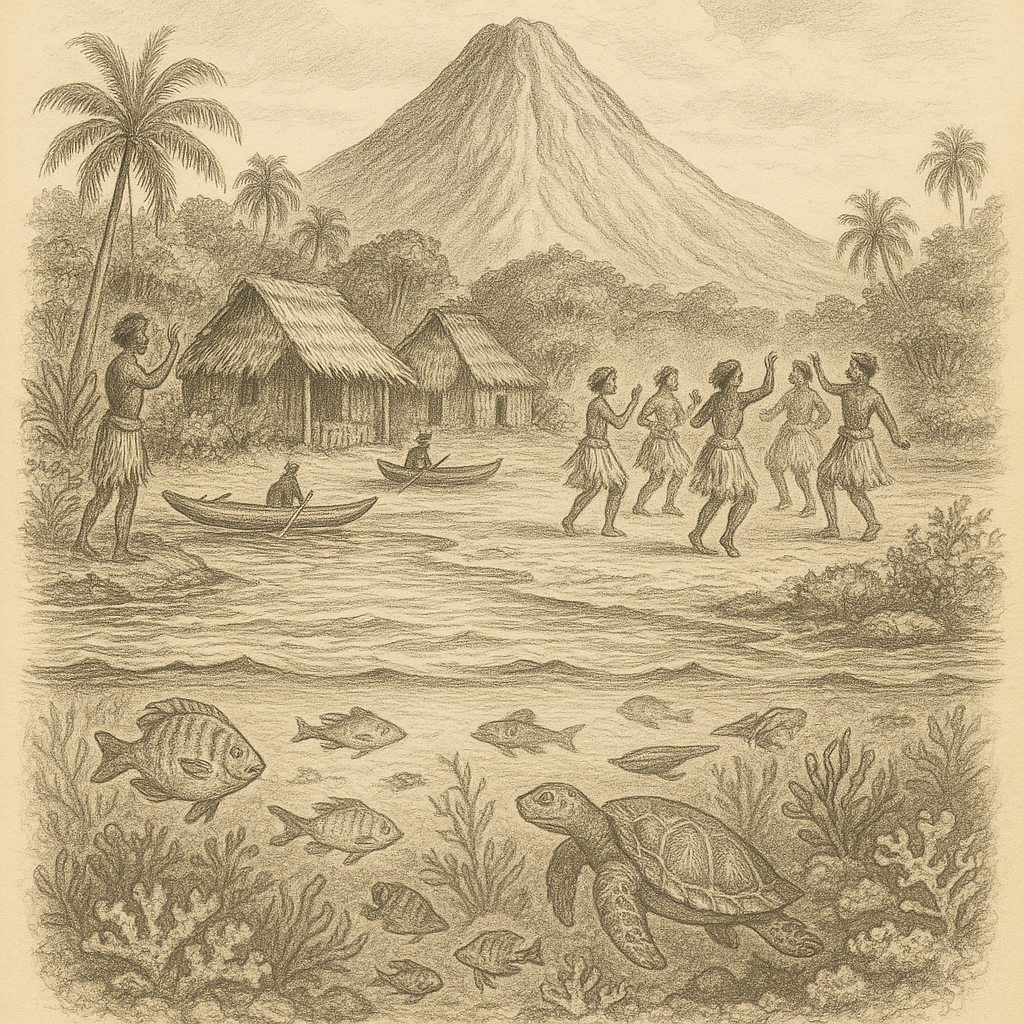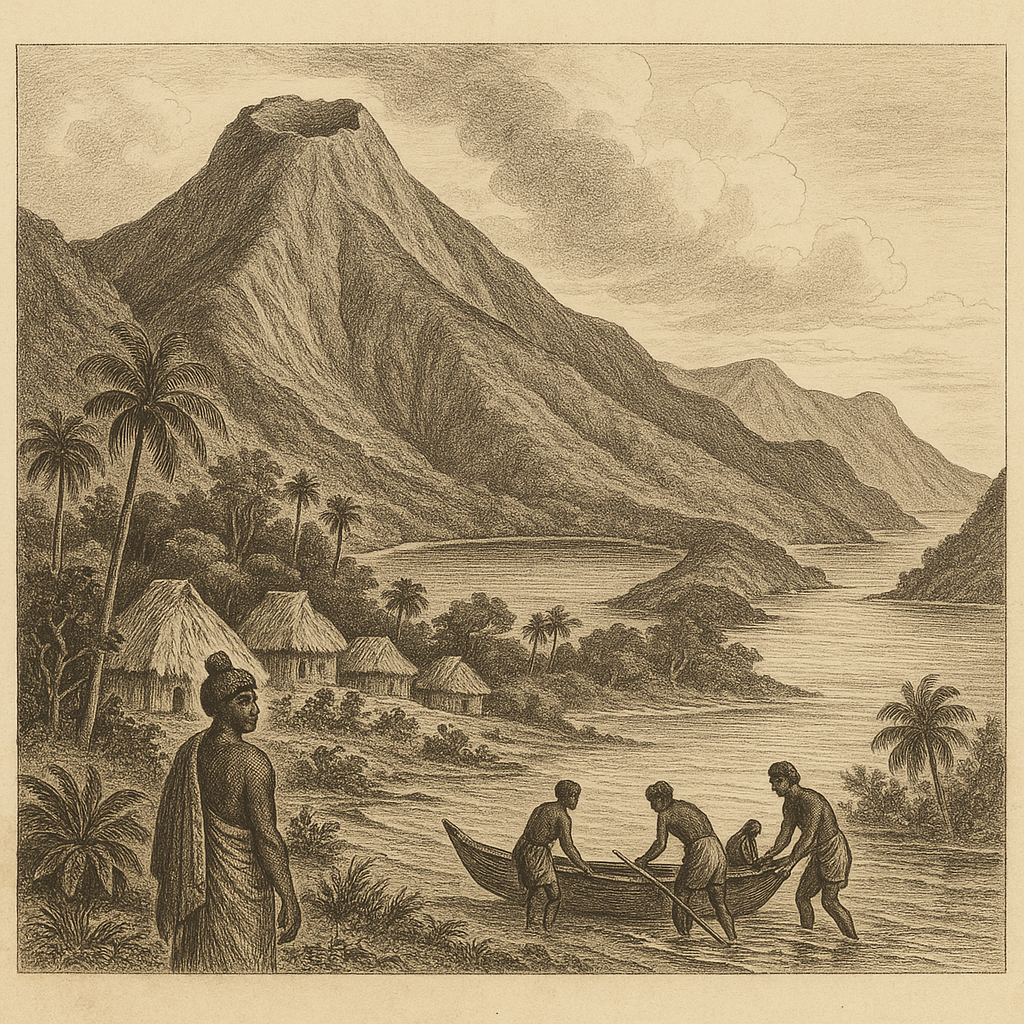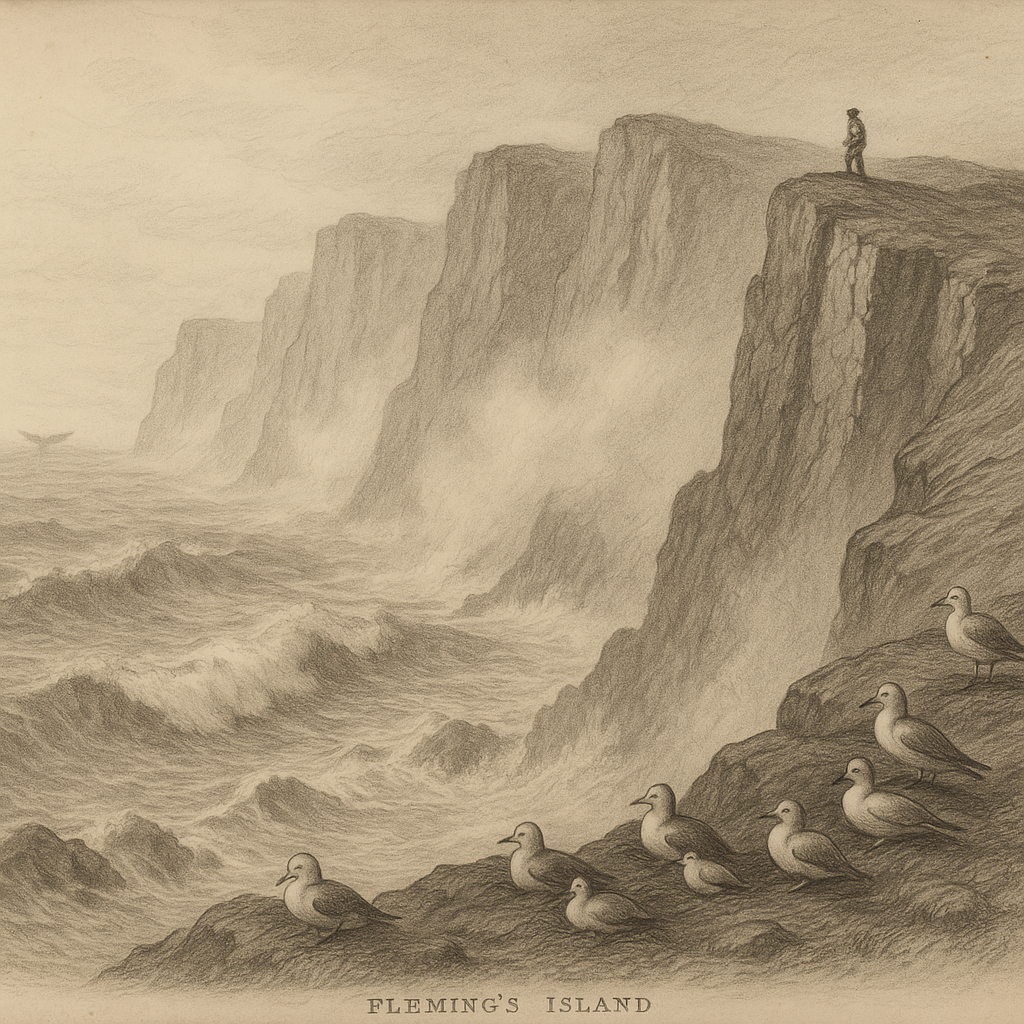Tikopia: The Southeastern Gem of the Solomon Islands Nestled deep within the vast expanse of the South Pacific Ocean lies Tikopia, a remote volcanic island that forms part of the southeastern cluster of the Solomon Islands. With its lush green rainforests, rugged volcanic peaks, and strong cultural traditions, Tikopia stands as a unique embodiment of human resilience and natural isolation. Geographic Location and Geological Context Tikopia belongs to Temotu Province and is the southeasternmost island of the Solomon Islands. It spans approximately 5 square kilometers, making it one of the smallest permanently inhabited islands in the Solomons. Geologically, Tikopia is the remnant of an extinct volcano, with highlands rising sharply to a central peak known as Mount Reani, reaching an elevation of 380 meters. Surrounded by coral reefs and the cobalt-blue depths of the Pacific Ocean, Tikopia is geographically isolated. This remoteness has influenced not only the island’s biodiversity but also the unique cultural and societal structures of its people. Tikopia’s closest inhabited neighbor is Anuta, over 120 kilometers away, reinforcing the island’s self-reliant nature. Climate and Ecosystem Tikopia enjoys a humid tropical climate with frequent rainfall, especially during the monsoon season. Annual precipitation commonly exceeds 3,500 millimeters, supporting dense tropical vegetation and rich biodiversity. While the island’s land area is limited, it boasts a variety of plants, small animal species, and marine ecosystems. Due to conservation-focused traditions embedded in Tikopian culture, the local population has safeguarded natural resources over generations. The surrounding coral reefs are particularly rich in marine life, including an abundance of reef fish, sea turtles, and even occasional manta rays. Coastal mangroves help stabilize the shoreline, while the island’s interior is dotted with taro fields, coconut palms, and banana groves. Culture and Traditional Way of Life What truly sets Tikopia apart is its enduring Polynesian culture and its societal structure rooted in communal living and sustainability. While it falls geographically within Melanesia, Tikopia’s population is ethnically Polynesian, with strong cultural ties to Samoa and Tonga. The Tikopian society is organized around four patrilineal clans, each governed by a chief (ariki). Decision-making is traditionally consensus-based, with the chiefs playing both spiritual and administrative roles. Tikopians have famously maintained a subsistence lifestyle centered around taro cultivation, fishing, and animal husbandry, with pigs being the only regularly raised livestock. One of Tikopia’s most celebrated achievements is its sustainable population management. For centuries, the population has been carefully controlled to match the island’s carrying capacity. In times of overpopulation, mechanisms such as celibacy, out-migration, and even infanticide were historically practiced – harsh yet crucial strategies for survival on such a limited landmass. Interesting Facts About Tikopia Tikopia is home to a number of remarkable and curious features that have drawn the attention of anthropologists and environmental scientists alike: – The island has maintained a continuous human presence for nearly 3,000 years, making it one of the longest inhabited remote islands in the Pacific. – In 2002, the island made headlines when it successfully rode out Cyclone Zoe, one of the most intense tropical cyclones on record. Despite its ferocity, no fatalities were reported, a testament to the resilience and preparedness of the Tikopian people. – There is only one freshwater lake on the island, Lake Te Roto, which fills the crater of an extinct volcano. Though originally freshwater, saltwater intrusion during cyclones has altered its composition. – Tikopia has no airport or harbor, and supplies must be delivered via irregular ship visits, often months apart. – Dancing plays a vital role in Tikopian life, with elaborate traditional performances held during festivals, weddings, and religious ceremonies. Legends and Oral Traditions The oral traditions of Tikopia weave a rich tapestry of ancestral legends, sacred natural features, and divine intervention. One of the most well-known legends describes how the island was formed by the god Tauloko, who thrust his staff into the ocean floor, drawing land up from the watery depths to create Tikopia. Another popular tale involves the spirit of the mountain Mount Reani, believed to shelter the island’s inhabitants and govern the weather. During times of turmoil or famine, Tikopians would offer kava and perform prayer chants at sacred sites on the mountain, appealing for protection and prosperity. Certain coastal boulders and rock formations are said to be petrified spirits or ancestors who played a role in early migrations. These stones are revered and often avoided during everyday activities, underscoring the thin veil between the spiritual and natural realms on Tikopia. Connectivity and Access Due to its extreme isolation, Tikopia remains cut off from the conveniences of modern transportation and communication. Access is typically by inter-island cargo boats, which may take over a week to arrive from larger centers such as Honiara, depending on weather and sea conditions. There is no airport, no official accommodation, and very limited electricity – mostly generated by solar panels. As such, Tikopia sees very few outside visitors, and travel there often requires months of preparation and coordination with local authorities. Permits are essential, and cultural sensitivity is strongly advised, given the traditional fabric of Tikopian society. Conclusion Tikopia is more than just a speck in the Pacific; it is a living model of resilience, sustainability, and cultural heritage. While modernity encroaches on most corners of the globe, Tikopia remains a bastion of ancient ways, quietly thriving on its terms. Its people, culture, and spirits continue to watch over the island with wisdom earned through millennia of intimate coexistence with nature. For those drawn to the world’s last untouched frontiers, Tikopia stands as an enduring symbol of harmony between humanity and the environment.

Tikopiaa Southeastern Island
Do you like my work? Buy Me A Coffee
Do you like my work? Buy Me A Coffee
-

Tikopiaa Southeastern Island
Tikopia: The Southeastern Gem of the Solomon Islands Nestled deep within the vast expanse of the South Pacific Ocean lies Tikopia, a remote volcanic island that forms part of the southeastern cluster of the Solomon Islands. With its lush green rainforests, rugged volcanic peaks, and strong cultural traditions, Tikopia stands as a unique embodiment of…
-

Tikopiaa Western Island
Introduction to Tikopiaa Western Island Tikopiaa Western Island is a remote and culturally rich island nestled in the Solomon Islands, situated in the South Pacific Ocean. Part of the Temotu Province, Tikopiaa is one of the few remaining remote islands that continue to preserve its traditional way of life and natural ecosystem. Known for its…
-

Fleming Island
Fleming Island: A Remote Gem in the North Atlantic Fleming Island is an isolated, rarely visited landmass nestled in the vast expanse of the North Atlantic Ocean. While not widely known to the general public, this island holds compelling geological, ecological, and cultural significance. Located roughly 1,200 kilometers off the northeastern coast of Canada, Fleming…
by
Tags: